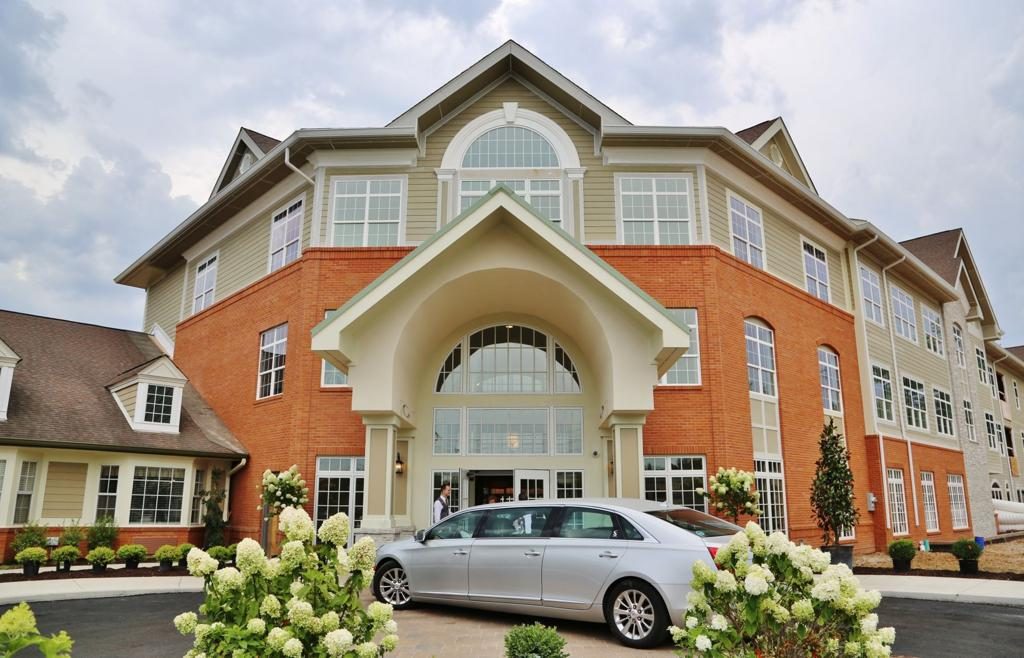What Factors Make an Incredible Senior Care Home?
With 10,000 Americans turning 65 every day, the number of senior homes has increased dramatically. According to The National Center for Health Statistics, there were 15,600 senior care facilities in the U.S. by 2016 and that number is rising. While many of the elderly can age in place, many get to a point where they need care that families and at-home services cannot provide. Families are forced to move older relatives into a senior care facility. But the task can feel overwhelming and most people have no idea where to start. While there is no one-size-fits all solution, there are a few guidelines that help ensure the best outcome. Before even considering a residence, it is important to check its licensing and inspection history. Make sure you are comfortable with the staff-to-resident ratio and get references. Then you can compare the culture, services, and long-term options provided by the best homes on your list.
The Culture of a Community Matters
It is important that you and your elderly relative is satisfied with the environment of their residence. You are unlikely to feel good about placing a beloved parent in a home that operates as an efficient hospital. Seniors tend to thrive in well-kept communities that provide stimulating social activities. For example, McKnight Place provides diverse activities that include learning opportunities. An ideal residence is welcoming, organized, and staffed by experienced professionals who enjoy working with their clients. The size of a facility also matters since many seniors prefer a bustling, energetic community. For those who choose a quiet, private life, there are also smaller homes offering a more personalized approach.
Consider What Services Homes Offer
When comparing nursing homes, it is also important to get detailed information about their services. Some focus primarily on medical care, while others offer a setting that emphasizes overall well-being. Many have special programs that fit specific needs. For example, U.S. News reports that 60% of senior homes provide dementia or Alzheimer’s care. Over half include depression and heart programs. Many facilities offer housekeeping services. Communities might have exercise equipment and swimming pools. Senior homes tend to tailor their offerings to the local demand, so if the nearest residence does not include what you need, a facility in the next town might.
It Should Be Easy to Transition to Higher Care
Harvard Medical School health professionals recommend asking about the levels of care available at facilities. Many homes offer a range of options. For instance, clients might be able to choose between independent or assisted living. Facilities might also offer advanced memory care programs. Active seniors often move to independent living communities when they just need a little help. Many no longer drive or are worried about being alone if they fall. However, even the most robust can develop an illness or injury that requires a different level of care. The best communities make it simple for residents to move to a new level. In fact, they generally assess seniors on a regular basis, to ensure all of their needs are being met. If seniors’ requirements change, they transition smoothly to new arrangements.
There are thousands of senior care facilities in the U.S., but they can differ widely. When you need to find a facility for an elderly relative, it is critical that you check the home’s background and ensure the culture meets your standards. Homes should also offer the services your relative needs and provide enhanced care when needed.




